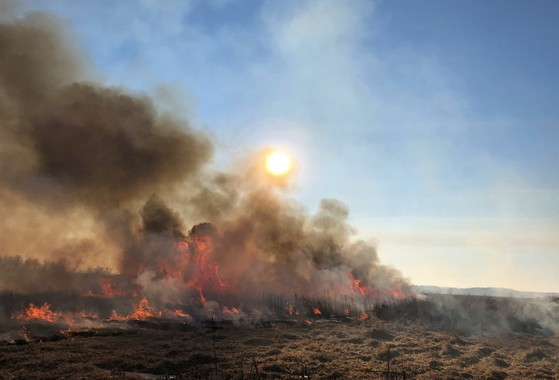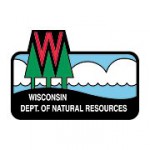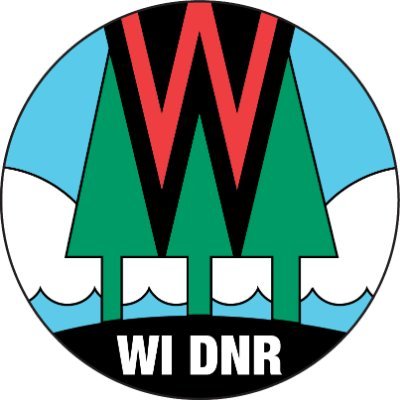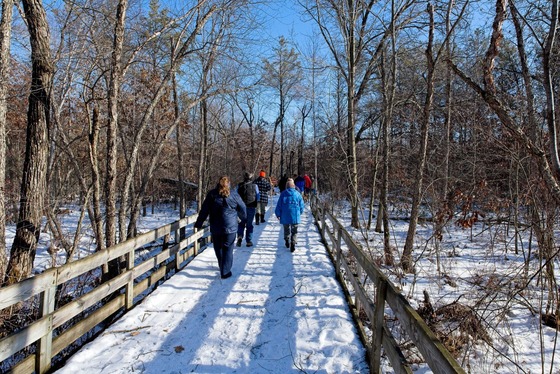DNR Conducting Winter Prescribed Burns In Local Marshlands To Reduce Fire Hazards And Improve Vegetation
March 2 Burn Focused On Cattail Removal

Every year, the DNR conducts winter burns across Wisconsin, primarily in wet prairies and wetlands such as cattail marshes, to reduce the potential for wildfires and provide other benefits. / Photo Credit: Wisconsin DNR
MADISON, Wis. – Wisconsin Department of Natural Resources (DNR) prescribed burn crews conducted the first prescribed burn of the year on Tuesday, March 2, 2021, at Vernon Marsh Wildlife Area in eastern Waukesha County.
The DNR conducts prescribed burns to reduce fire hazards, reduce invasive plant species, stimulate wildflowers and grasses, control brush and improve habitat for local wildlife.
For the safety of DNR burn crews and the general public, prescription burns on cattail marshes occur while winter snow is still present, when wildfire risk is lowest. Cattails inherently release a tremendous amount of heat (BTUs) when burned, and fuel loads (tons/acre) tend to be much higher than in upland areas. Cattails also tend to create larger pieces of ash, particularly when a significant amount of these fuels are burned at once. These factors, plus the compacted nature of the vegetation, generate a darker and thicker smoke plume than seen in a grassland fire. Winter provides a far safer time to conduct these events, as summer prescribed burns on cattail marshes can be more difficult to control and pose additional smoke management risks.
Around 5-10 winter burns occur every year in Wisconsin, primarily in wet prairies and wetlands such as cattail marshes. A significant number of these burn units are located in southeastern Wisconsin. Winter prescribed burns are unique events in Wisconsin, as they occur during a narrow window with just the right weather and snow cover conditions.
This window occurs when enough snow has melted to expose the cattail litter in the marsh, but the ice is still thick enough to support equipment and DNR staff as they ignite the area. Winds must be strong enough to push the fire through the vertical cattails but not strong enough to cause control issues. Planning a burn can take months and crews must be ready when the appropriate weather condition (or “prescription”) is right for the burn.
In addition to the fuel reduction benefits of prescribed cattail burns, removing dead vegetation through fire also reinvigorates vegetation for wildlife. Cattail burns increase the amount of open water, providing increased and more navigable areas for waterfowl to feed and rear their young. Historically, periodic fire (either lightning or human-caused) would remove the dead vegetation while stimulating native plant growth. Marshes, wetlands and the native species that live there have adapted to periodic fire and even depend on it.
More information is available here regarding where DNR prescribed burns are occurring across the state and the benefits of prescribed burns.
NOTE: This press release was submitted to Urban Milwaukee and was not written by an Urban Milwaukee writer. While it is believed to be reliable, Urban Milwaukee does not guarantee its accuracy or completeness.
Mentioned in This Press Release
Recent Press Releases by Wisconsin Department of Natural Resources
DNR Confirms CWD in Wild Deer in La Crosse County
Dec 22nd, 2025 by Wisconsin Department of Natural ResourcesBaiting And Feeding Ban Extended























